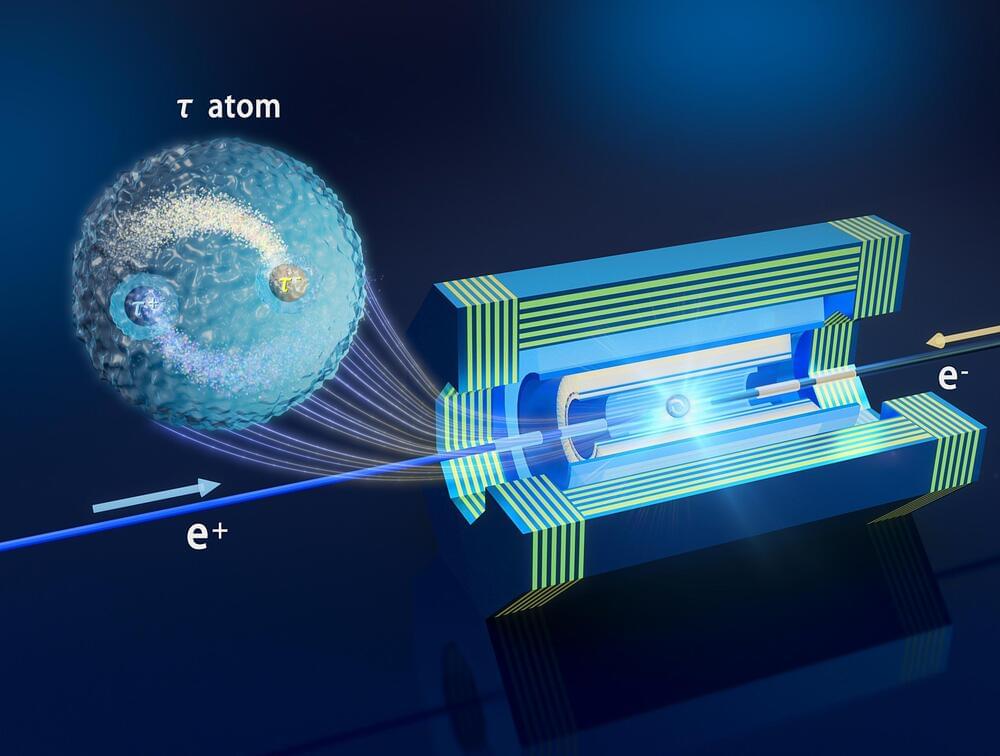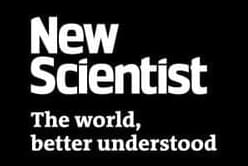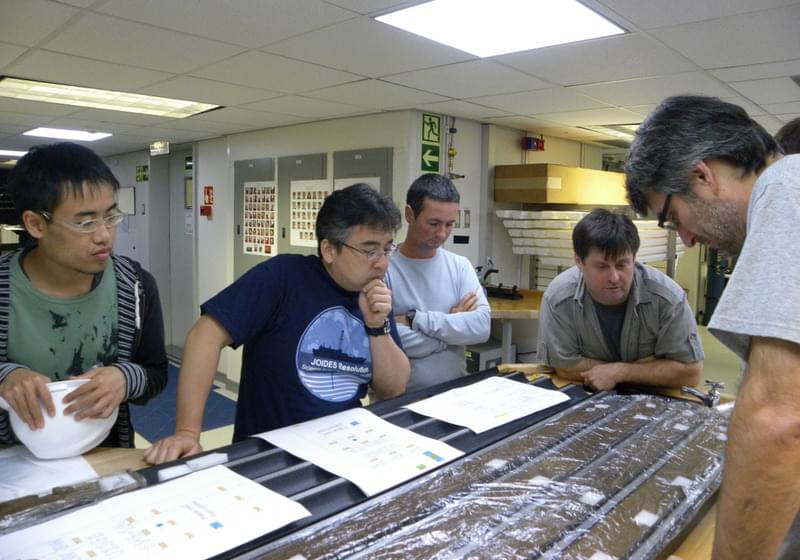May 20, 2024
Scientists Uncover Unique New 1D Superconducting State
Posted by Paul Battista in categories: materials, quantum physics
A team led by Chen Xianhui and Professor Xiang Ziji from the CAS Key Laboratory of Strongly-Coupled Quantum Matter Physics and the Department of Physics at the University of Science and Technology of China, uncovered a unique superconducting state characterized by one-dimensional superconducting stripes. This state is induced by the ferromagnetic proximity effect in an oxide heterostructure made up of ferromagnetic EuO and (110)-oriented KTaO3 (KTO). Their findings were published in Nature Physics.
The academic community concurs that the emergence of unconventional superconducting pairings is intricately linked to magnetism, particularly in copper oxides and iron-based high-temperature superconductors. Magnetic fluctuations are deemed pivotal in the genesis of high-temperature superconductivity, where the interplay between superconductivity and magnetism gives rise to superconducting states exhibiting unique spatial modulation. Superconducting oxide heterostructures encompassing magnetic structural units emerge as an optimal platform for investigating such superconducting states.
Building upon their prior achievements, the research team delved deeper into the superconductivity of this system and its relationship with the ferromagnetic proximity effect, meticulously adjusting the carrier concentration of the two-dimensional electron gas residing at the interface. They uncovered an intriguing in-plane anisotropy in superconductivity among samples with low carrier concentrations, which nevertheless vanished in samples exhibiting higher carrier concentrations.


















